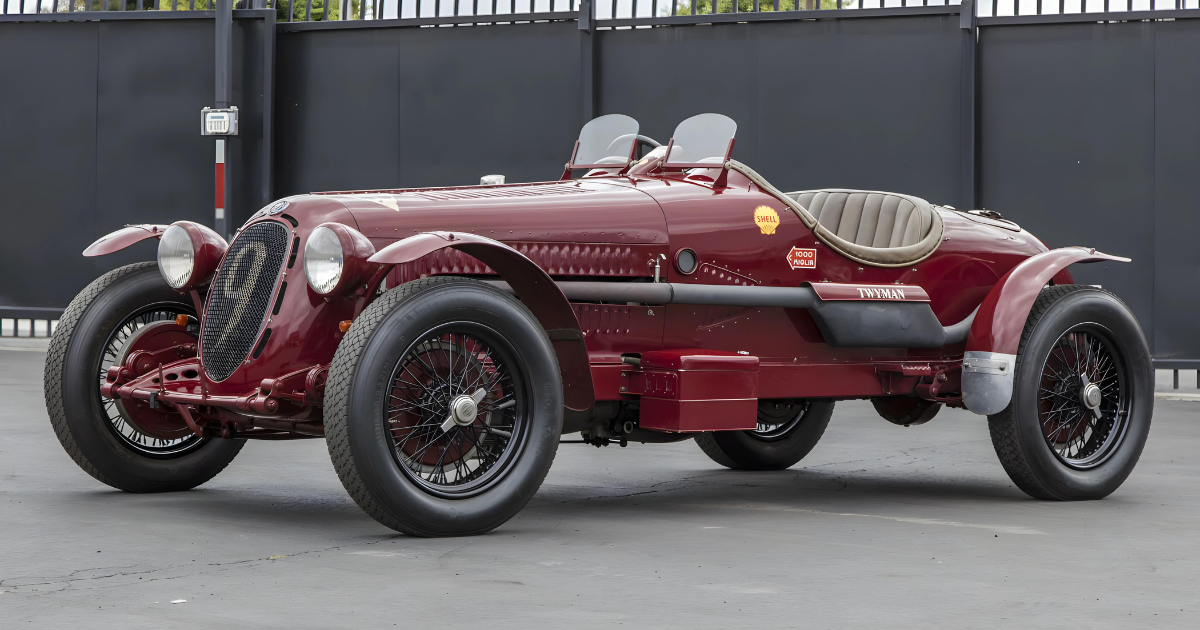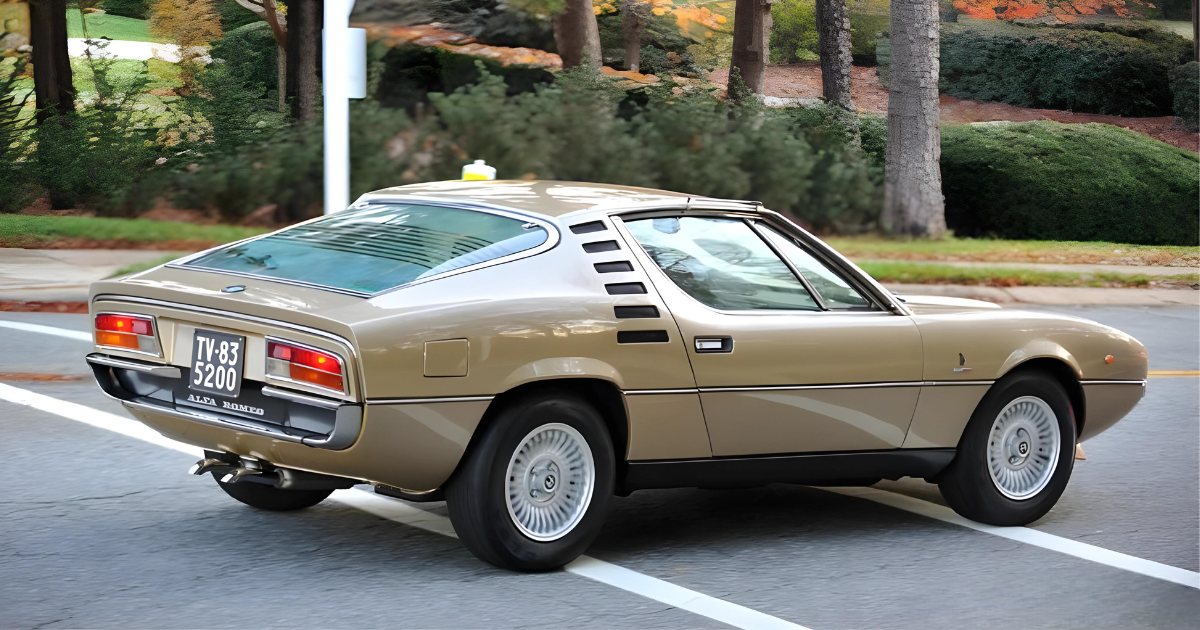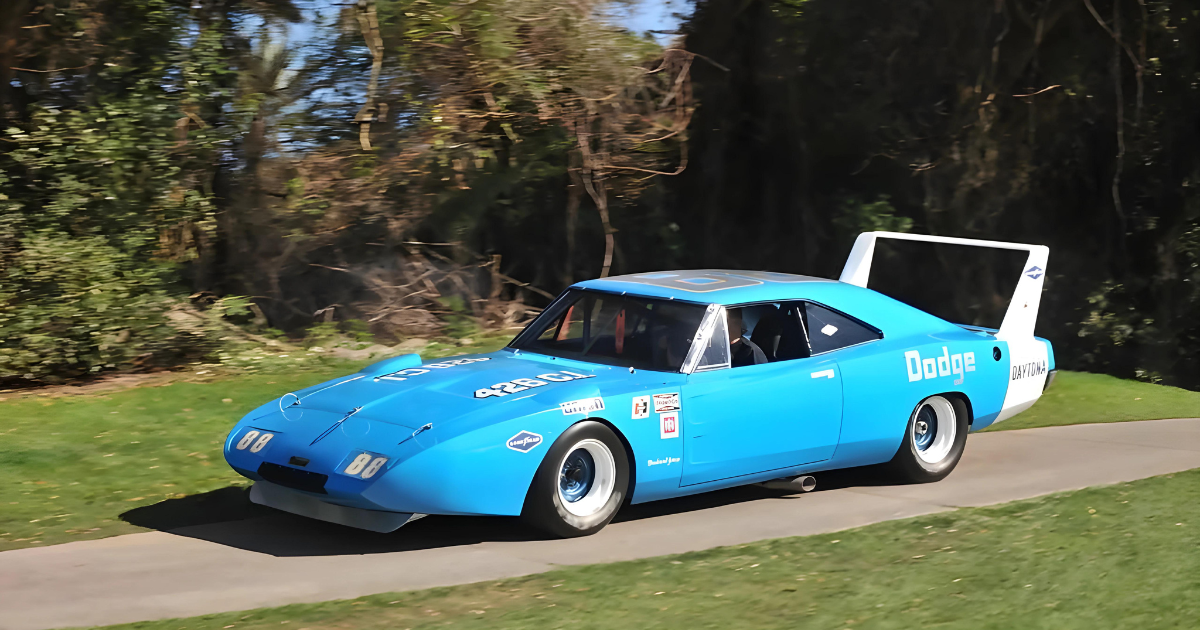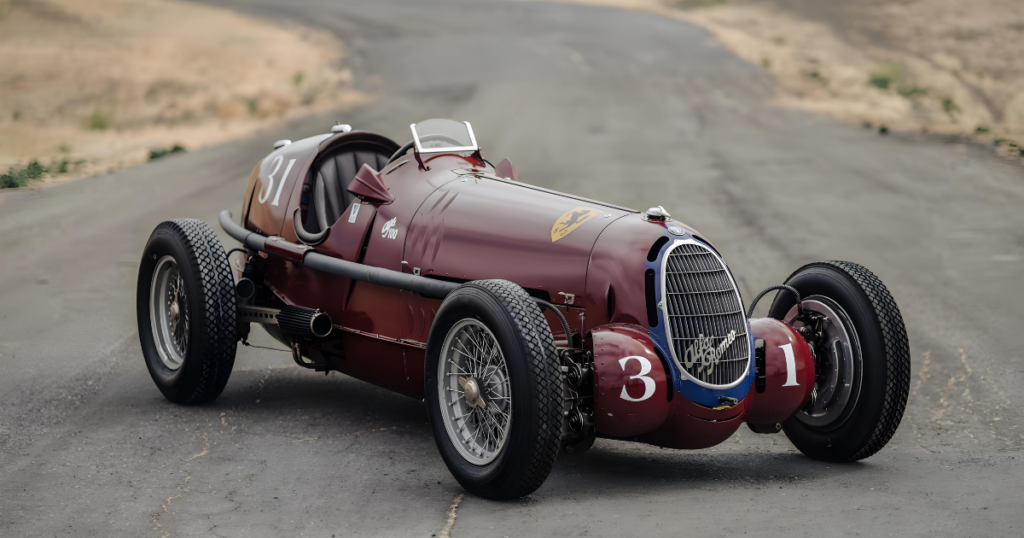
In the annals of motorsport history, Tazio Nuvolari’s remarkable victory at the 1935 German Grand Prix stands as a legendary moment, a triumph of skill and determination against formidable odds. However, even as Nuvolari basked in the glory of his historic win, it became increasingly evident that Alfa Romeo’s esteemed Tipo B model, affectionately known as the “P3,” was nearing the end of its reign on the racetrack.
The escalating competition from German powerhouses Mercedes-Benz and Auto Union necessitated a swift and decisive response from Alfa Romeo. In response, the brilliant engineer Vittorio Jano embarked on the design of a new car, which would come to be known as the Tipo C. This new iteration, initially named the 8C 35, represented a significant and revolutionary leap forward in Alfa Romeo’s illustrious racing endeavors.
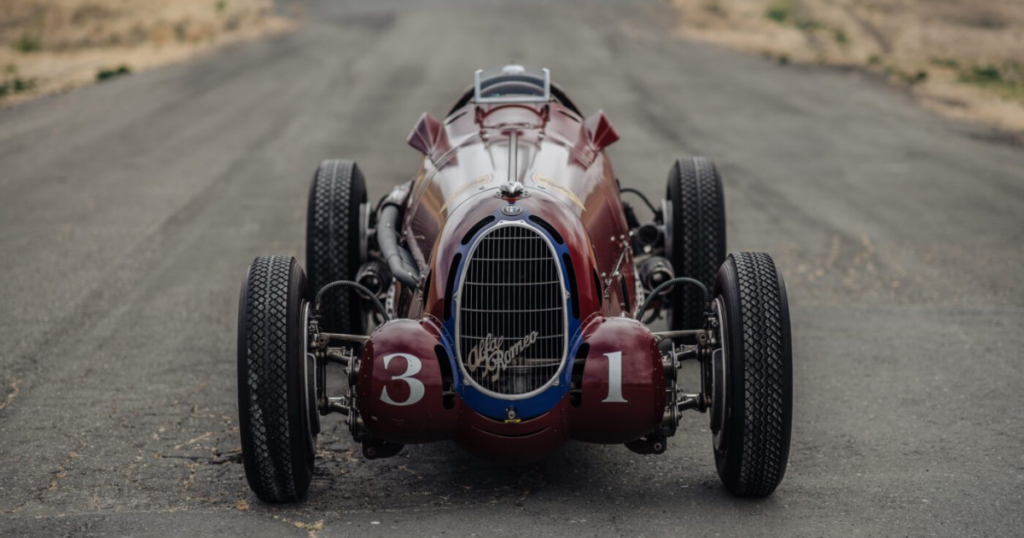
At the heart of the 8C 35 was a potent 3.8-liter engine, equipped with dual superchargers, each supplying a bank of four cylinders. This formidable powerplant was mated to a rear-mounted transaxle and housed within a brand-new, independently-sprung chassis, a technological marvel of its time. The 8C 35 made its eagerly anticipated debut at the Italian Grand Prix in Monza in September 1935, with Nuvolari and teammate René Dreyfus piloting the sleek machine to an encouraging second place finish, behind Hans Stuck’s dominant Auto Union.
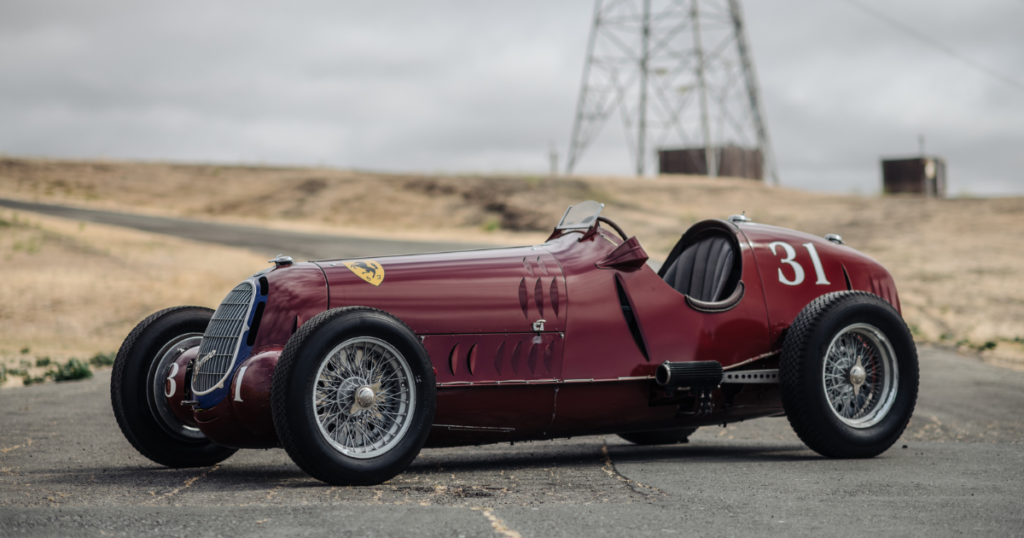
Despite its promising debut, only a handful of Tipo C chassis were reportedly completed, serving as the foundation for both the 8C 35 and its later V-12-powered counterpart, the 12C 36. These chassis were meticulously designed to accommodate both Alfa Romeo’s eight- and twelve-cylinder engines interchangeably, showcasing the company’s commitment to versatility and innovation on the racetrack.
Ultimately, four fully assembled 8C 35s were sold and designated as chassis numbers 50011-50014, with records indicating the existence of at least three additional 8C 35 engines (50015-50017). Meanwhile, the 12C 36 variant, powered by a formidable 4-liter V-12 engine, enjoyed its own share of success on the racetrack, securing victories in prestigious events such as the Grand Prix of Barcelona, Milan, and Modena.
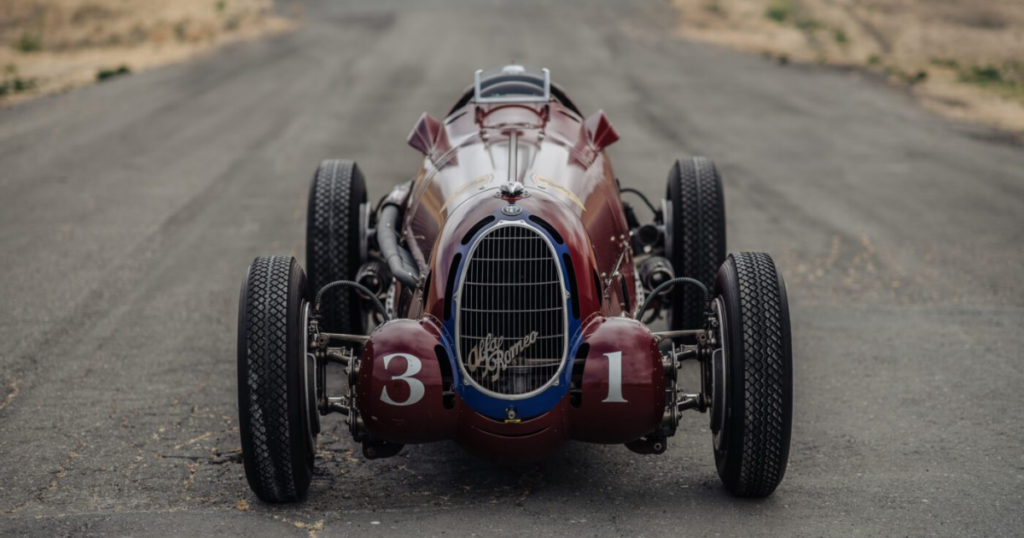
Although the Tipo C may not have achieved the same level of dominance as its predecessor, the Tipo B, it nevertheless remained a competitive force in the world of motorsport throughout 1936. With victories in races such as Budapest, the Coppa Ciano, and Donington, the 8C 35 proved its mettle on the track, cementing its place in the pantheon of racing legends alongside its illustrious predecessors.

